The Question Everyone Has
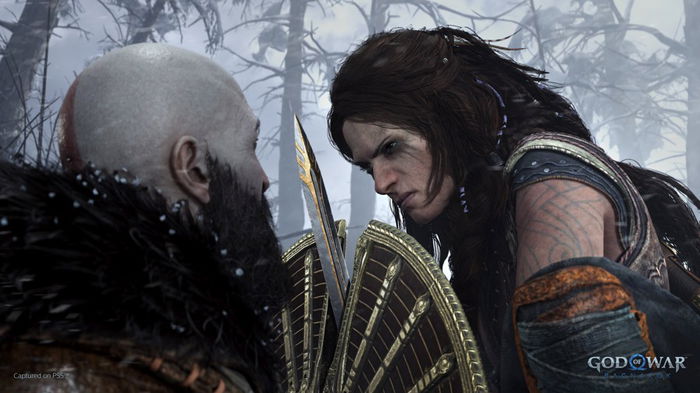
The question "are video games art?" has been the subject of intense debate for many years. To answer it, it’s necessary to understand what art is, how its concept has evolved throughout history, how the seven arts emerged, and how video games fit into this context.

In this article, we’ll explore these questions, analyzing philosophical definitions, historical trajectories and contemporary arguments that defend (or contest) the legitimacy of electronic games as artistic expression.

What is Art? Definitions and Perspectives
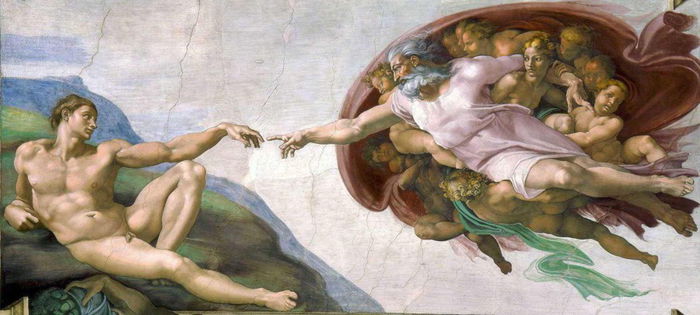
Art is a complex concept. Derived from the Latin ars, meaning "skill" or "technique", its definition varies according to the cultural and historical context.
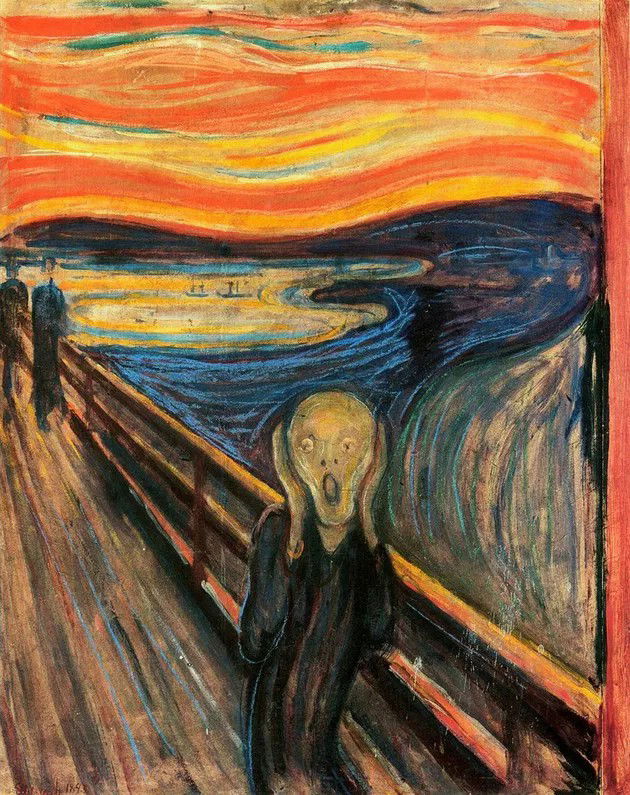
For Aristotle, art was a mimesis (imitation of reality), while Immanuel Kant saw it as a rational and free activity, distinct from nature and science. In the 19th century, Romanticism emphasized art as an emotional expression, an idea reinforced by Tolstoy, who defined it as a means of indirect communication of feelings.

In the 20th century, modern art challenged traditional notions, prioritizing ideas about aesthetics, as in Dadaism or conceptual art. Today, contemporary art ranges from multimedia creations to performances, reflecting a plurality of languages. The lack of a universal definition is, paradoxically, that is, contrary to common sense, part of its essence: art is both process and product, technique and expression, tradition and innovation.

Art: From Prehistory to the Digital Age

Prehistoric and Ancient Art

The first artistic expressions appeared more than 40 thousand years ago, with cave paintings depicting hunting and rituals. These works, such as those at Lascaux (a cave in southwestern France, famous for its prehistoric cave paintings), had ritualistic and symbolic functions. In ancient times, Egyptians and Mesopotamians used art to glorify gods and rulers, while Greeks and Romans sought harmony and perfection of beauty.
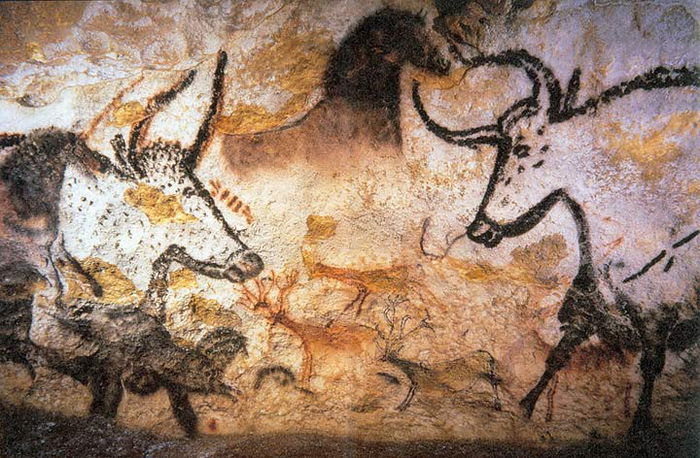
Middle Ages to Renaissance

In the Middle Ages, art was dominated by theocentrism, with religious icons and Gothic architecture. The Renaissance reintroduced anthropocentrism, valuing the scientific perspective and idealized beauty, as in the works of Leonardo Da Vinci and Michelangelo.

Modernism and Contemporaneity
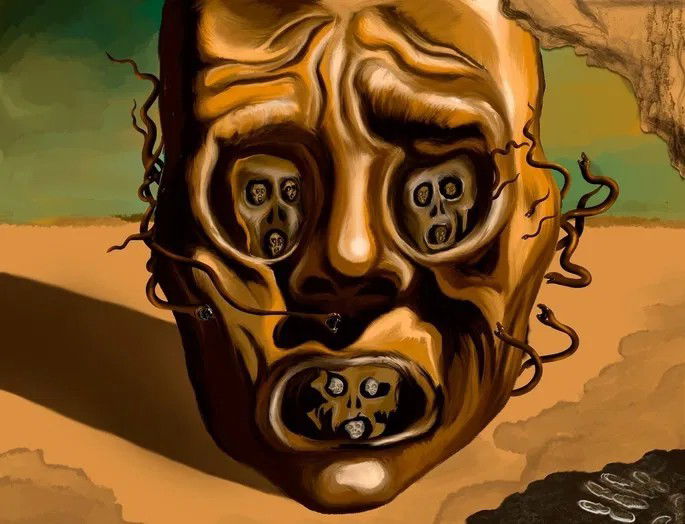
The 20th century brought with it radical ruptures: Picasso's cubism deconstructed forms, Salvador Dalí's surrealism explored the unconscious, and Andy Warhol's pop art questioned consumption.
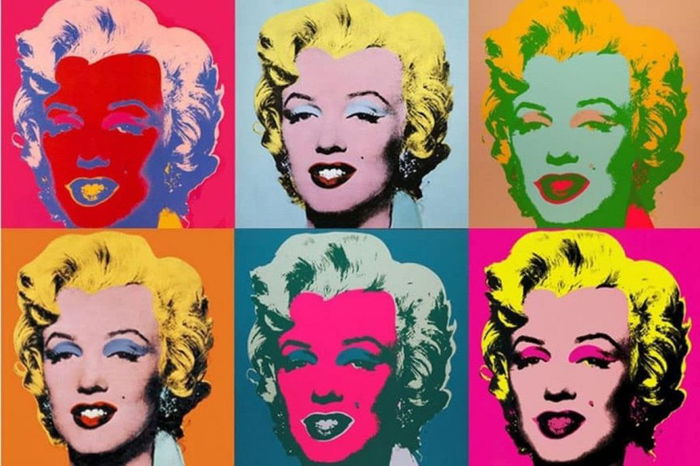
Contemporary art, in turn, embraces technology, as in digital art and interactive installations, which are works of art or projects that actively involve the public, allowing them to interact with the work and influence its evolution. They’re living systems where the public's experience shapes the environment and the events that take place within it.

Manifesto of the Seven Arts

In 1923, the Italian intellectual Ricciotto Canudo proposed in his Manifesto of the Seven Arts an update of his 1911 publication, entitled La Naissance d'un sixième art, expanding the previous list by the German philosopher Georg Wilhelm Friedrich Hegel. The 1923 text then includes Dance in the list, making Cinema the Seventh Art.


It presents the following list of arts:
1st Art - Architecture
2nd Art - Sculpting
3rd Art - Painting
4th Art - Music
5th Art - Poetry
6th Art - Dance
7th Art - Cinema
According to this Manifesto, theater doesn’t appear on the list as an independent form of art, as it combines several existing artistic languages.
Later, other art forms were proposed, some more or less consensual, others that were readily accepted, such as the 9th art, which today is an expression used to designate "comics" (or comic books), as the 7th art is for cinema.

Numbering of Current Arts

Currently, this is the most consensual numbering of the arts, although it’s only indicative, where each of the arts is characterized by the basic elements that format its language and were classified as follows:
1st Art - Sound arts (sound)
2nd Art - Performing arts (movement)
3rd Art - Painting (color)
4th Art - Sculpting (volume)
5th Art - Architecture (space)
6th Art - Literature (word)
7th Art - Audiovisual arts (audiovisual) (Contains earlier arts such as music for soundtracks, performing arts for voice acting and motion capture, painting, sculpture and architecture for design, and literature for scripts.)

Other expressive forms, also considered arts, were later added to the numbering proposed by the manifesto:
8th Art - Photography (image)
9th Art - Comic book (color, word, image)
10th Art - Video Games (integrates elements of other arts, adding interactivity)
11th Art - Digital Art (integrates 2D, 3D computer graphics and programming)
It must be made clear that, when we discuss the numbering proposed by the manifesto, we’re referring to the numbers used and not to the sequence or type of art in the list.

Video Games as Art: Arguments and Controversies

The Emergence of Electronic Games
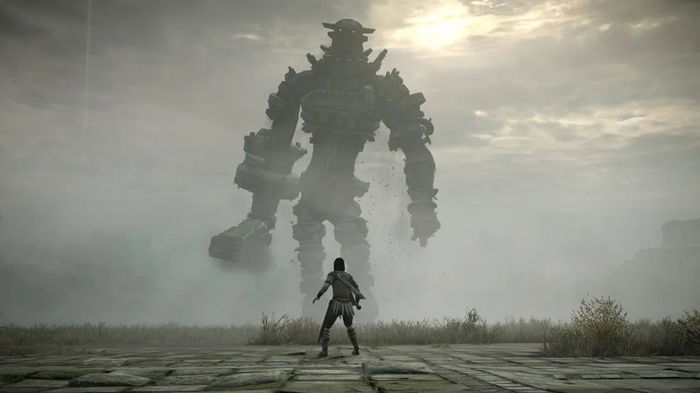
Video games emerged in the 1970s as entertainment, but quickly evolved into complex narratives and sophisticated visual experiences. Titles such as Shadow of the Colossus (2005) and Journey (2012) are often cited as examples of games with aesthetic and emotional depth.

Defenders of Art in Video Games

- Multisensory Expression: Games combine music, narrative, visual design and interactivity, creating immersive experiences. The Last of Us and Hellblade, for example, use cinematography and soundtrack to make us empathize with the story.
- Interactivity as a Unique Language: Unlike static forms, games involve the player in the construction of the narrative. Detroit: Become Human allows moral choices that alter the outcome, exploring themes such as freedom and identity.
- Institutional Recognition: Museums such as the Smithsonian and MoMA have included games in exhibitions. The Art of Video Games (2012) highlighted the evolution of the means as a creative expression.
- Legislation and Philosophical Criticism: In 2011, the US Supreme Court recognized video games as "protected by the First Amendment", equating them with other artistic forms. Philosophers such as Aaron Smuts and Grant Tavinor argue that games meet the criteria of disjunctive definitions of art.
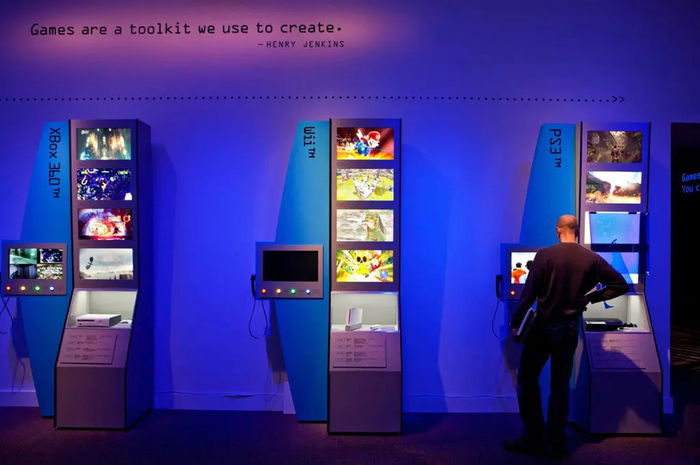
Counter-Arguments and Criticism
Critics such as Roger Ebert have argued that games can’t be art because of their interactive nature, which supposedly limits unique authorship. Others say that prioritizing gameplay over aesthetics distances video games from "pure" works of art. However, defenders counter that interactivity is precisely their unique contribution to the artistic tradition.
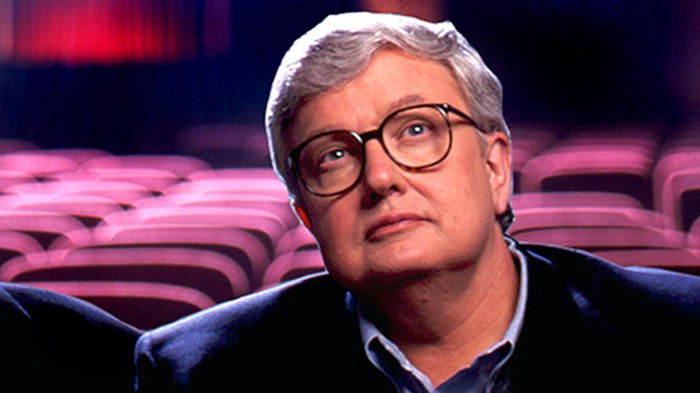
Case Studies: Games that Defy Boundaries

Some games are the subject of study, both for their narrative, communication, sound and approach to elements that make up art.
Some examples of games that are studied:
- Journey (2012): With a minimalist approach to pilgrimage and human connection, where communication occurs without dialogue, only through movement and sound. Its soundtrack won a Grammy, being a milestone for the video game industry.
- Hellblade 1 and 2: The game, in addition to being stunning in its graphic and artistic form, stands out for exploring mental health with psychological precision, using binaural audio to simulate hallucinations. Developed with the advice of psychiatrists and assisted by people with schizophrenia to provide total immersion in the work, the game is a fusion of art and education.
- Disco Elysium (2019): A dense and literary narrative, with philosophical dialogues and social criticism, challenging the notion that games are superficially playful.

Conclusion: Art in the Digital Age
Video games represent a natural evolution of artistic expression, adapting to the technologies and cultural demands of the 21st century. If art is, as Hegel said, "the sensible manifestation of the idea", then games like Bioshock (which criticizes objectivism) or Celeste (which addresses anxiety) fulfill this role by translating complex ideas into interactive experiences.
Despite being included in the Manifesto of Current Arts, the resistance to accepting them as art often reflects prejudices against new media, just as photography and cinema have faced. However, the growing acceptance by institutions, academics and the public suggests that video games are one of the most innovative ways of telling stories and provoking emotions in the digital age.
This article only summarizes the central debates, but the discussion remains open, after all, art, like games, is constantly changing.
What do you think? Are video games art or just interactive entertainment? Leave your opinion in the comments.














— 评论 0
, 反应 1
成为第一个发表评论的人